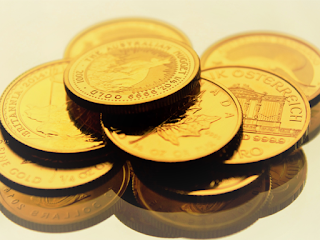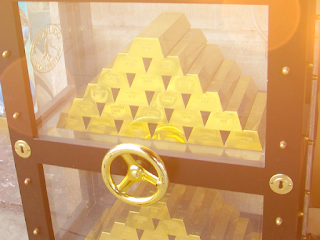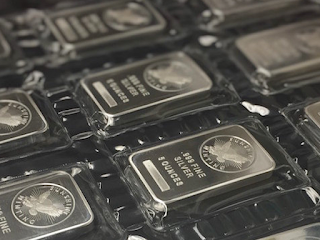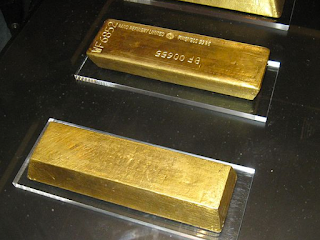With precious metals enjoying solid performances in 2019, Institutional Investor's Gregor Spilker outlines why he believes the future continues to be bright.
As Institutional Investor's Gregor Spilker points out, 2019 has been a good year for the precious metalsmarket. All four precious metals have enjoyed sizeable gains since the start of the year, as investors' appetite for risk-off assets has intensified amid various geopolitical escalations. Yet, as Spilker notes, gold has managed to stand out from its fellow metals by a considerable margin as the market continues its best run in years.
Gold first breached the $1,400 level in June, its highest mark in six years, on the back of a dovish turn by the Federal Reserve. Gold's performance was all the more impressive given that the outbreak happened during what is generally regarded as the metal's weakest quarter. Having managed to avoid the usual summer doldrums, gold climbed as high as $1,553 at one point, with private banks across the board upping their price forecasts for 2019 and 2020. Year-to-date, the yellow metal is up nearly 20%.
Gold's stellar run further highlighted the strange valuations in the silver market. Although the two metals generally move together and silver also saw its share of gains this year, the gold/silver ratio is currently just shy of 87, which is not too far off from September's all-time record of 92. With an average of 64 over the past two decades, silver's price is roughly 33% lower in contrast to gold than it has been in recent years. Analysts and pundits have pointed out that instances such as these have resulted in a massive price catch-up in the silver market, and Spilker notes that some investors are bracing for a normalization of the gold/silver ratio.
Platinum is experiencing similar price issues, with an unprecedented $600 premium on gold over platinum. This is especially conspicuous, as the metal was priced higher than gold before 2010. Spilker believes that a reduction in demand from the automotive industry is partly to blame, adding that both investors and jewelers may want to capitalize on historically low prices.
Yet palladium, whose demand is twice as dependent on the automotive sector, has managed to move above $1,600 for the first time ever this year. In doing so, it has nearly doubled in price compared to the lows of July 2018. According to Spilker, this could be a result of tighter emission standards, a move away from diesel engines and the relatively few mining options available.
Nonetheless, for most investors, gold's breakthrough across multiple long-held resistance levels over the span of just a few months has been the tale of the tape this year. With numerous forecasters calling for gold to hit $1,600 and above in 2020 and the silver market potentially facing a major price explosion, there appears to be plenty more action in store for precious metals as we move into next year.















